 More 2018 Adventures |
First Stop: Sitka, Alaska |
 Next Day |
Yak’éi yagiyee, everyone!
My friend, Jackie, invited me to join her on an Alaskan cruise, which would take us through incredible Glacier Bay National Park, but alas, would skip the smaller, less well known, Sitka National Historical Park! That just wouldn’t do! So, the day before embarkation, I hopped on a puddle jumper from Seattle up to Juneau, then on to Baranof Island! A quick cab ride, and I was standing at the entrance of Alaska’s first federally designated cultural and historic park!
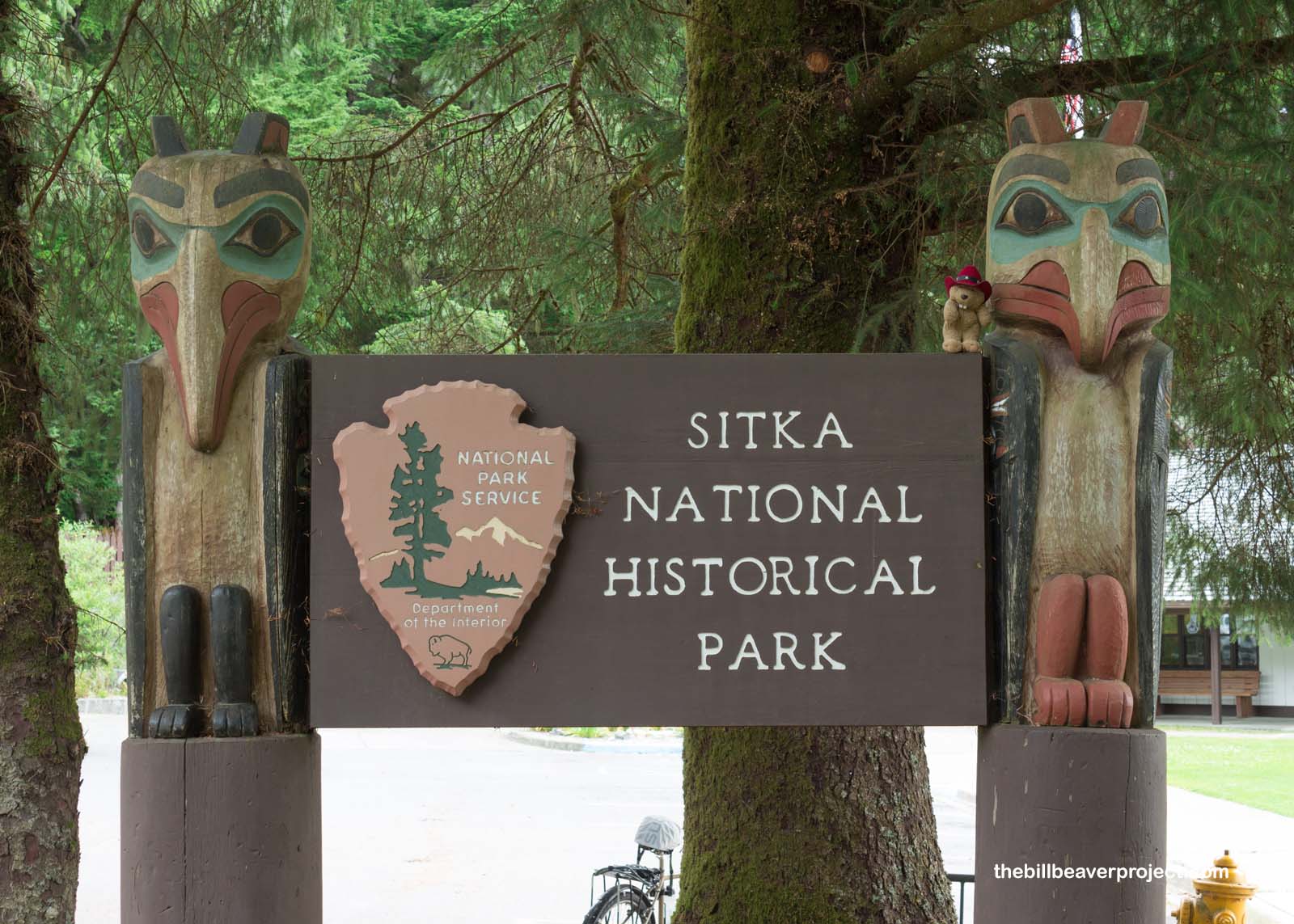 |
Like many place names in Alaska, “Sitka” sounds like a Russian word, but it’s actually taken from the Tlingit word Sheet’ká, or Shee At’iká, which means “People on the outside of the island!”
The Tlingit have lived here for over 10,000 years, thanks to the abundance of fish, shellfish, and land creatures in the surrounding waters. They were, and are still, made up of two groups called moieties, named for the Raven and Eagle. These moieties were then divided into many different tribes and clans. Sitka National Historical Park tells the story of a clan called the Kiks.ádi in the Sheet’ká tribe of the Raven moiety!
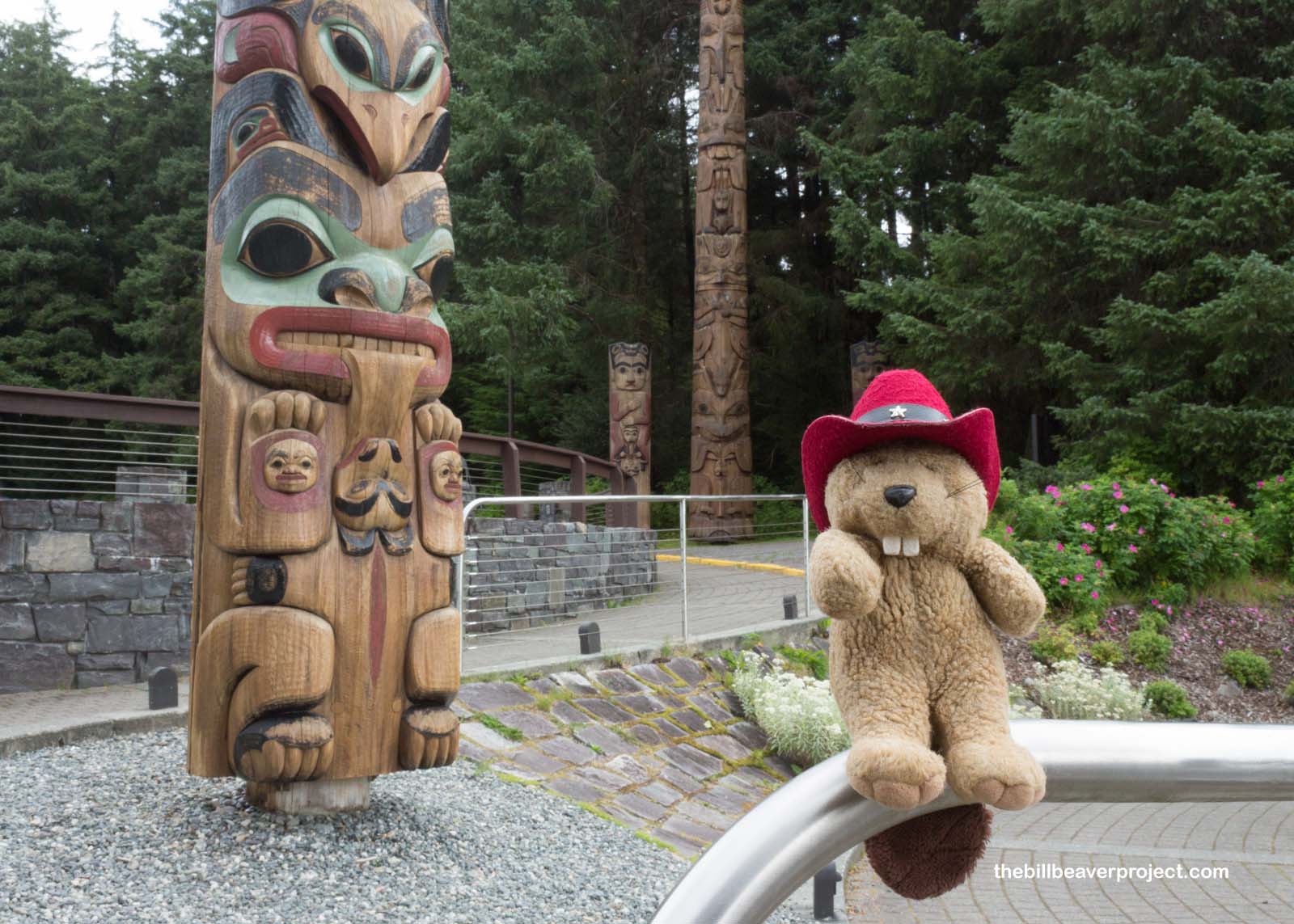 |
The Tlingit were one of the northwestern cultures who told their stories and identities with ornately carved totem poles! Most of the poles at Sitka today, though, are Haida! How’d that happen? Well, from 1903 until 1905, Alaska District Governor John G. Brady started to collect totem poles to bring to Sitka, which had already been designated public land in 1890. They’re now arranged along Totem Trail for visitors to enjoy!
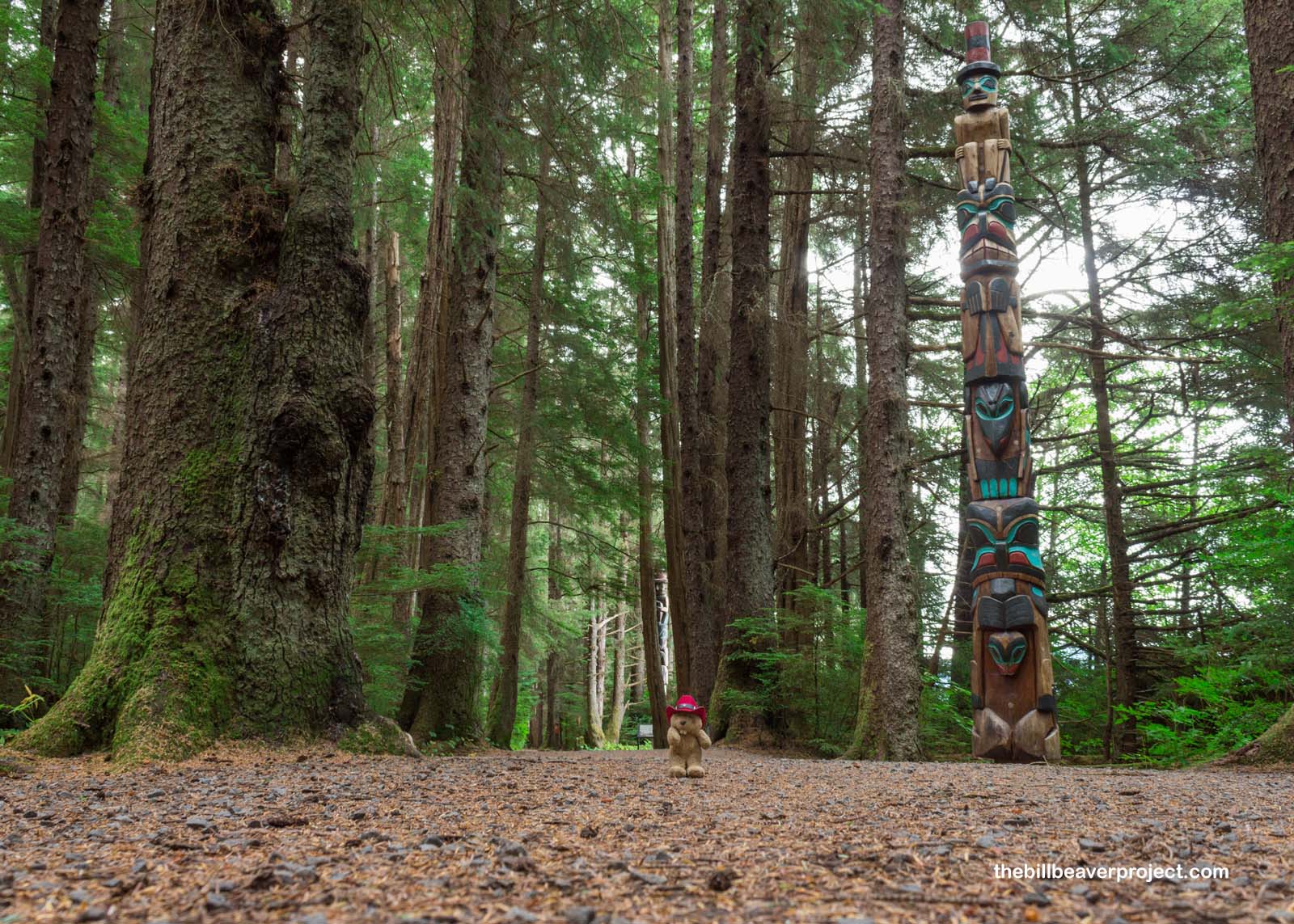 |
The human and animal figures carved into each of these poles represents a clan identity or a story! Some come from mythology, and others are just ridicule poles! Those poles were placed in front of someone’s house if they wronged someone else, and they would have to make amends before the pole could be taken down! In these two, you can see frogs, ravens, bears, and orcas!
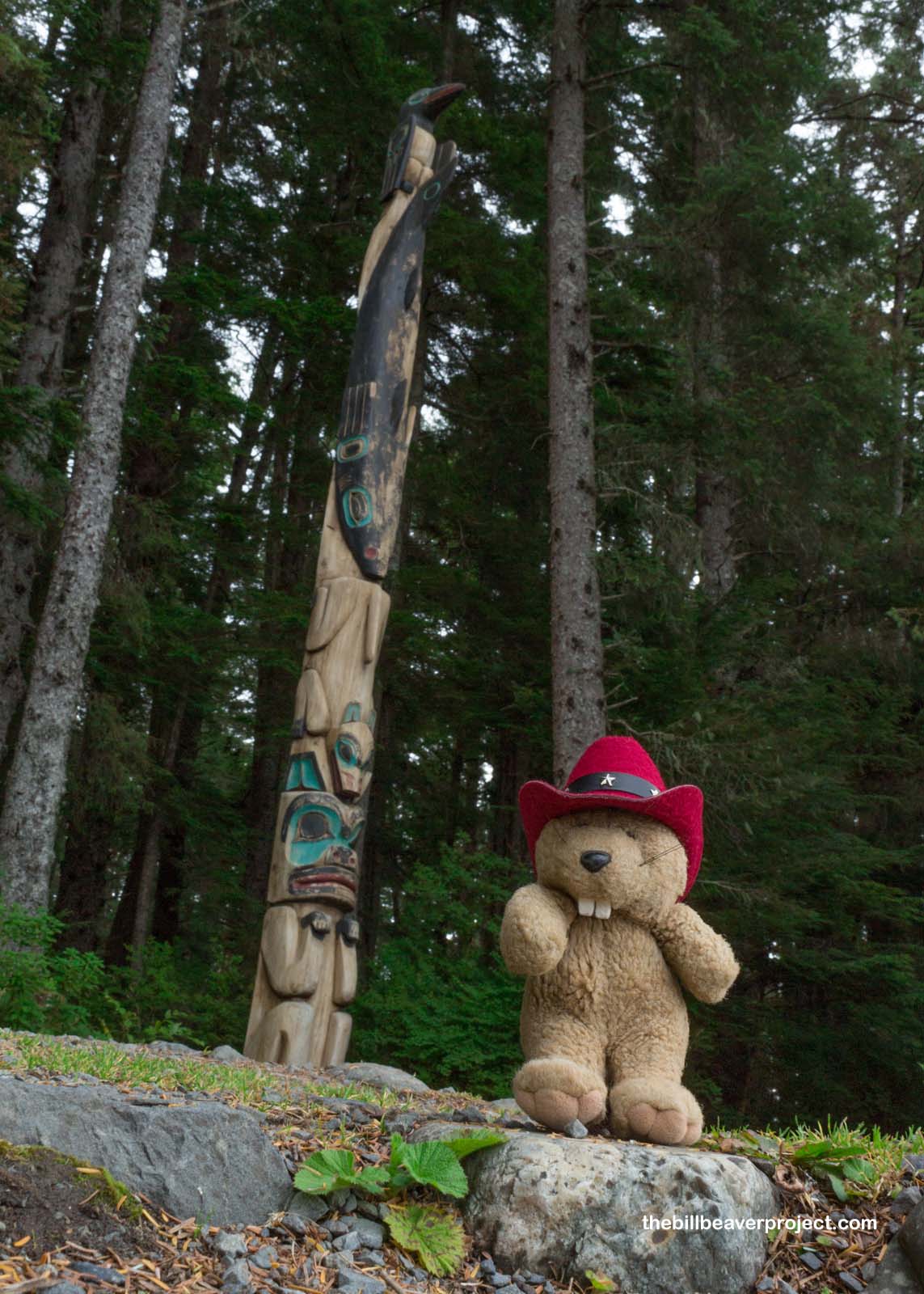 |
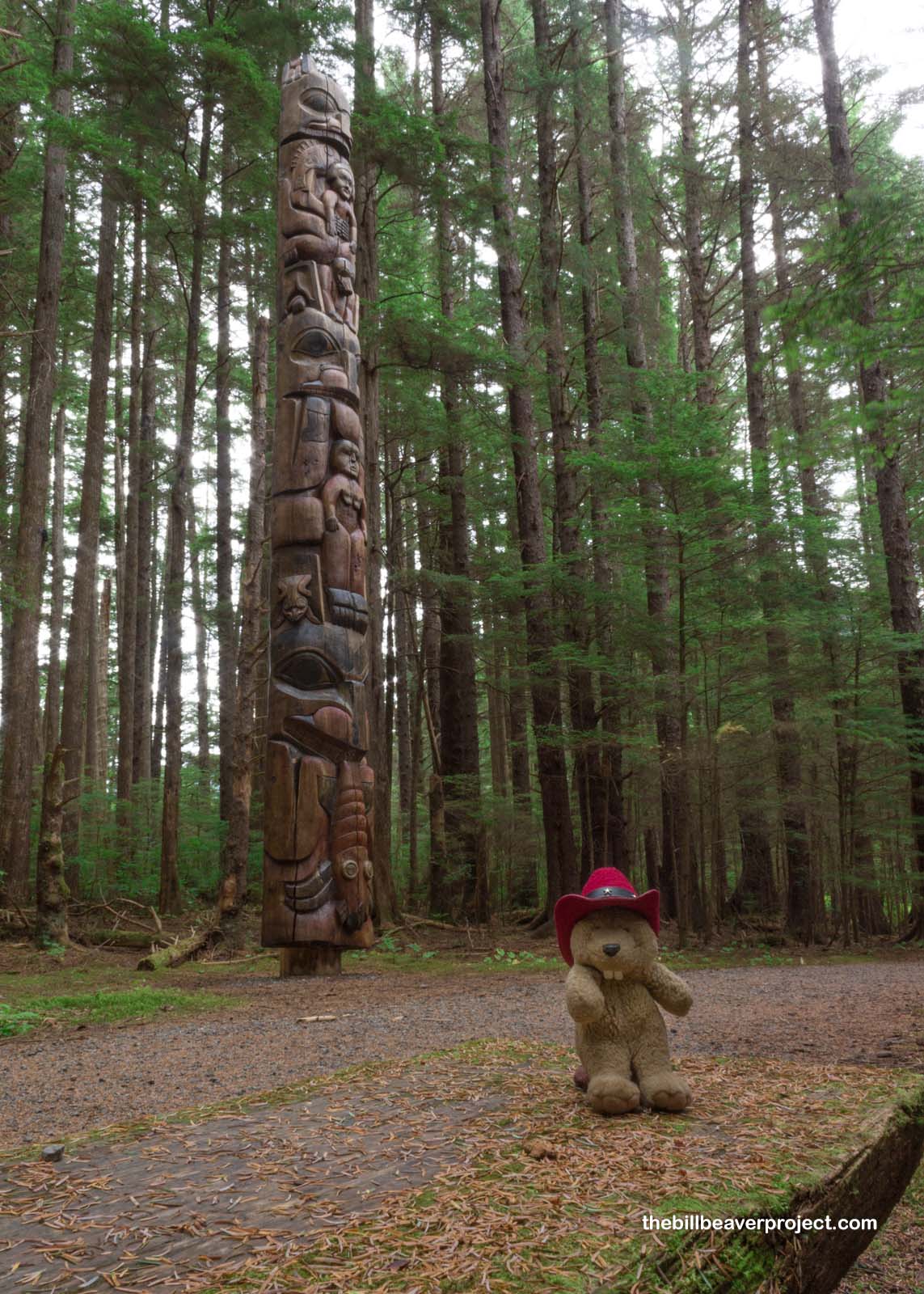 |
There are beavers too! You can tell this one is a beaver, because it has a cross-hatched tail covering its belly! We are very powerful totem animals after all!
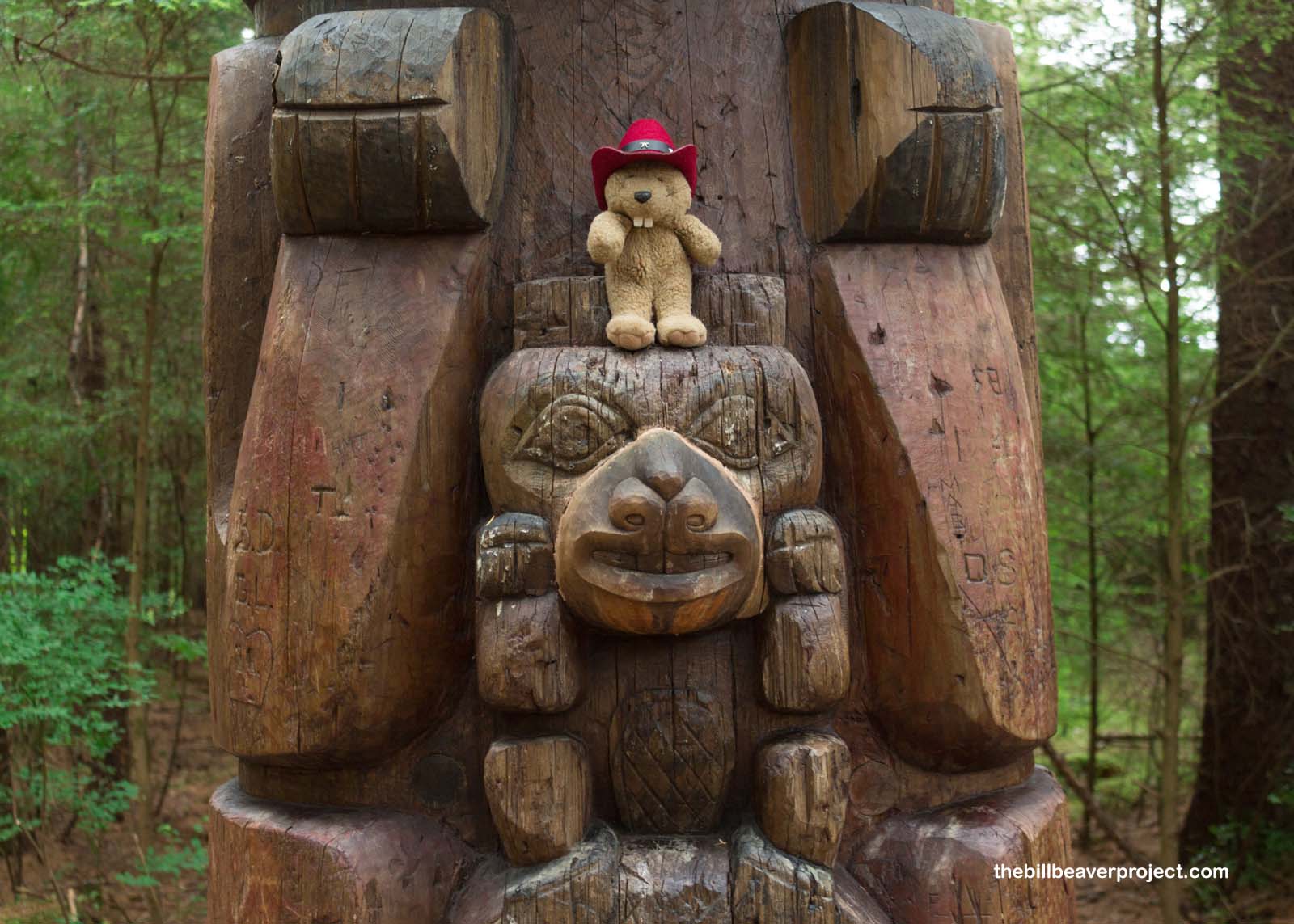 |
But the original reason for Sitka’s federal protection isn’t just the magnificence of its totem collection but the story of Russian-Tlingit battle that took place right here in October of 1804. Russian fur traders, led by Alexander Baranof, had depleted most of the sea otter populations of the Aleutian Islands by 1799 and as they turned their sights south, conflict with the Tlingit was inevitable!
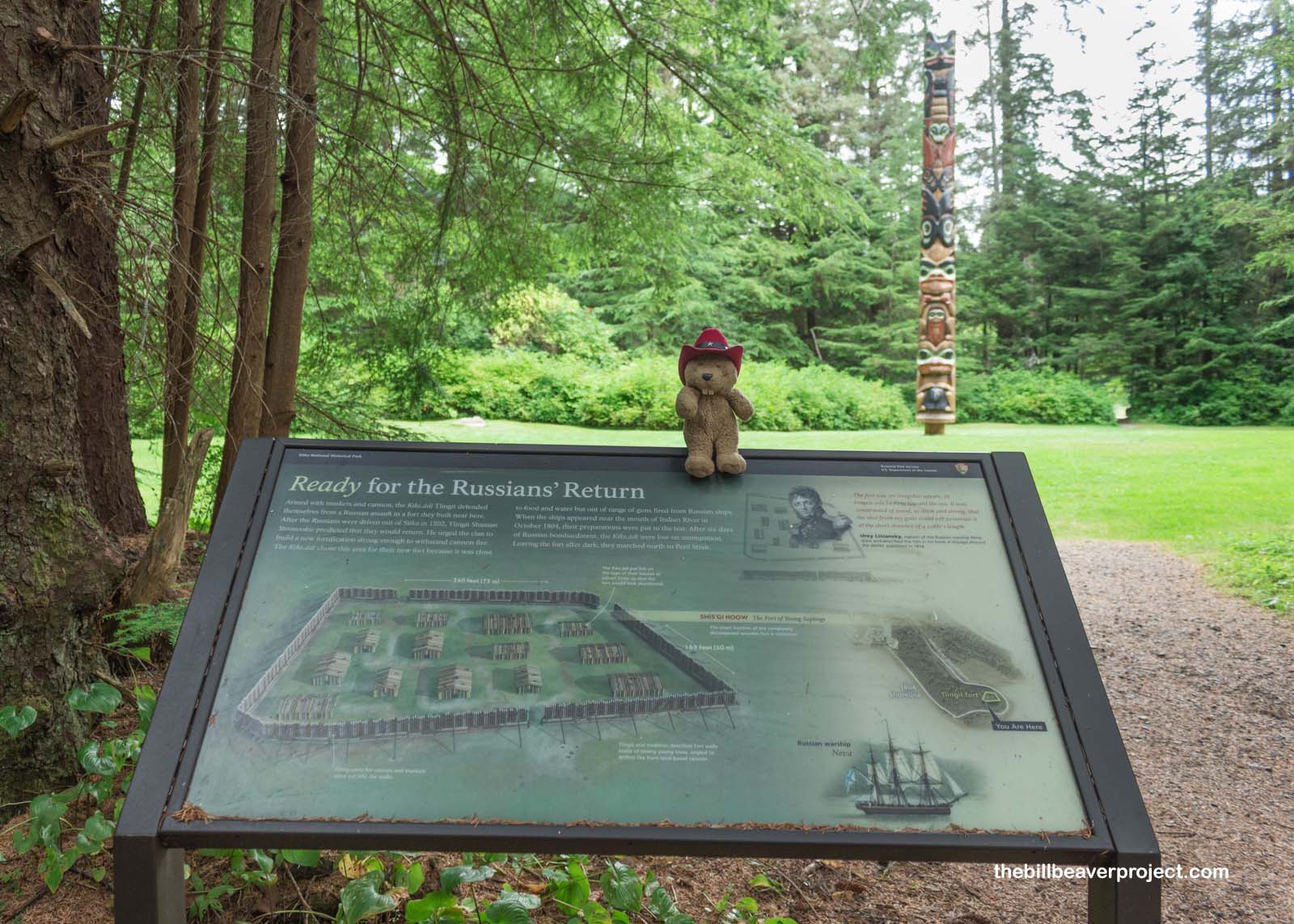 |
This totem pole marks the site of the Tlingit fort Shis’kí Noow, where the Kiks.ádi held off a Russian-Aleut assault for six straight days! Ultimately, the Tlingit ran out of ammunition and were forced to surrender both their sapling fort and their way of life.
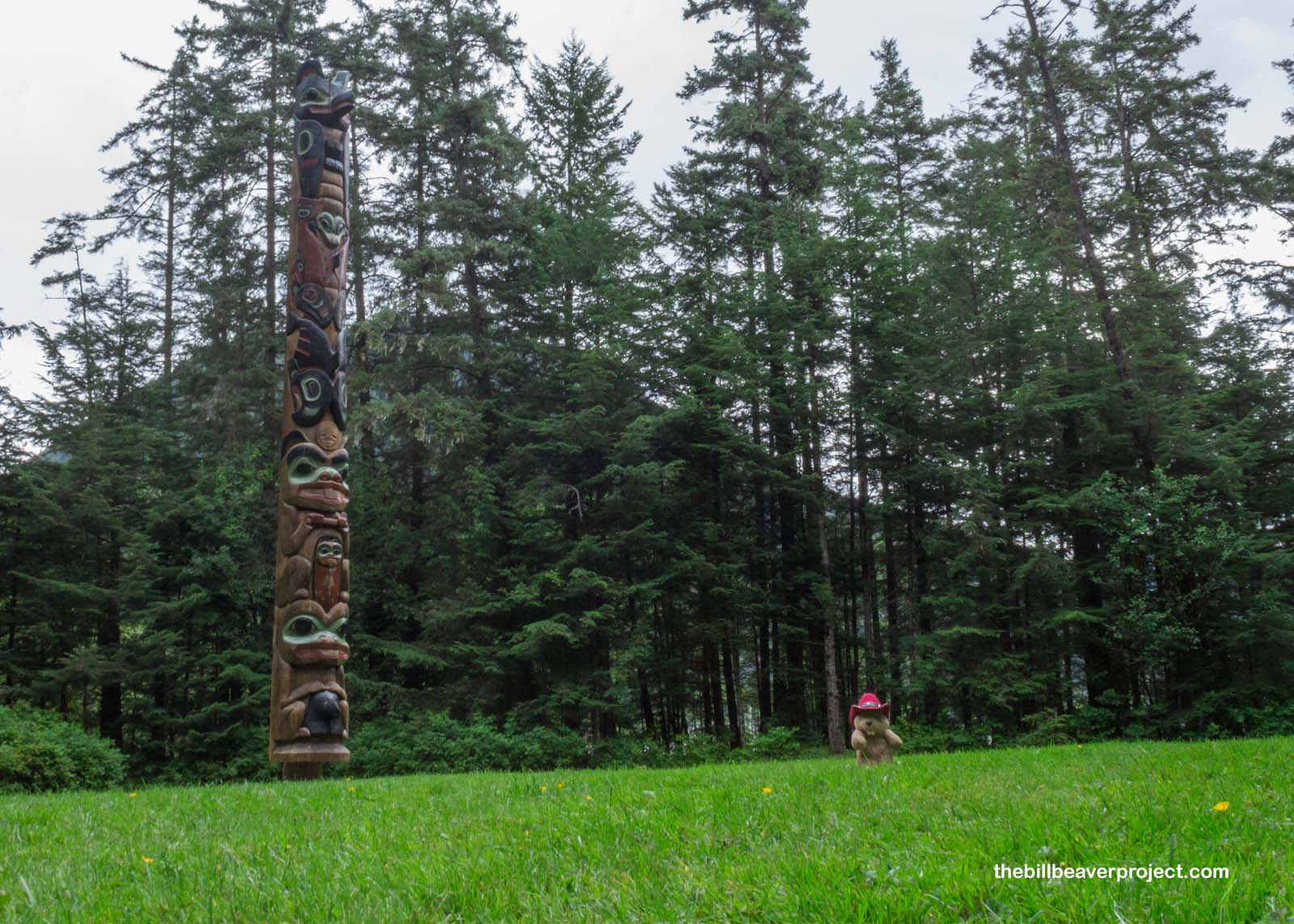 |
The creatures of the totem pole represent the Kiks.ádi and the clans that fought with them in their doomed campaign against the Russians!
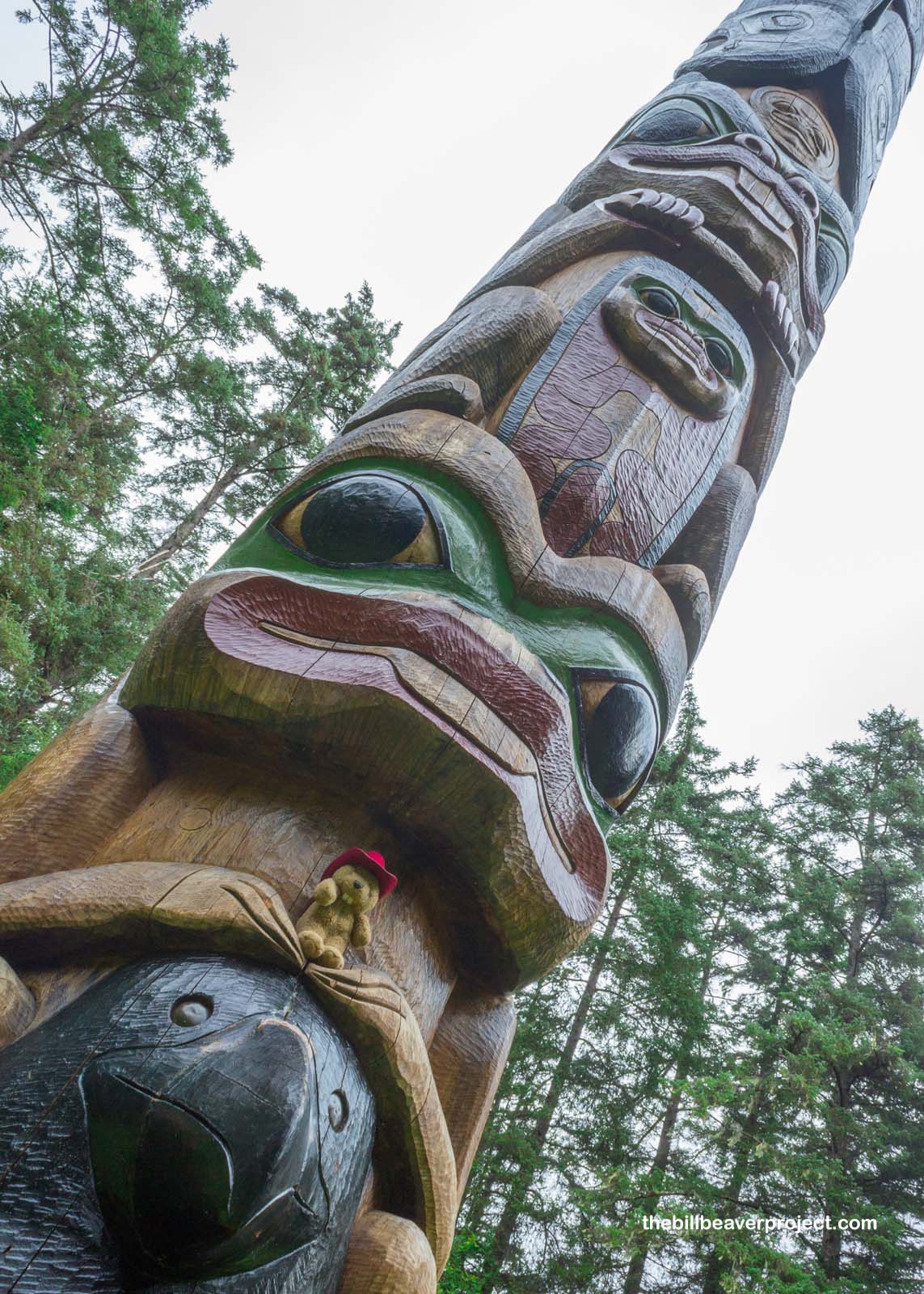 |
So for many years, the Tlingit were mostly gone from their home island, and the Russians took over the beaches and rainforests of Sitka, renaming the island Baranof Island and establishing the town of Novoarkhangelsk, or New Archangel!
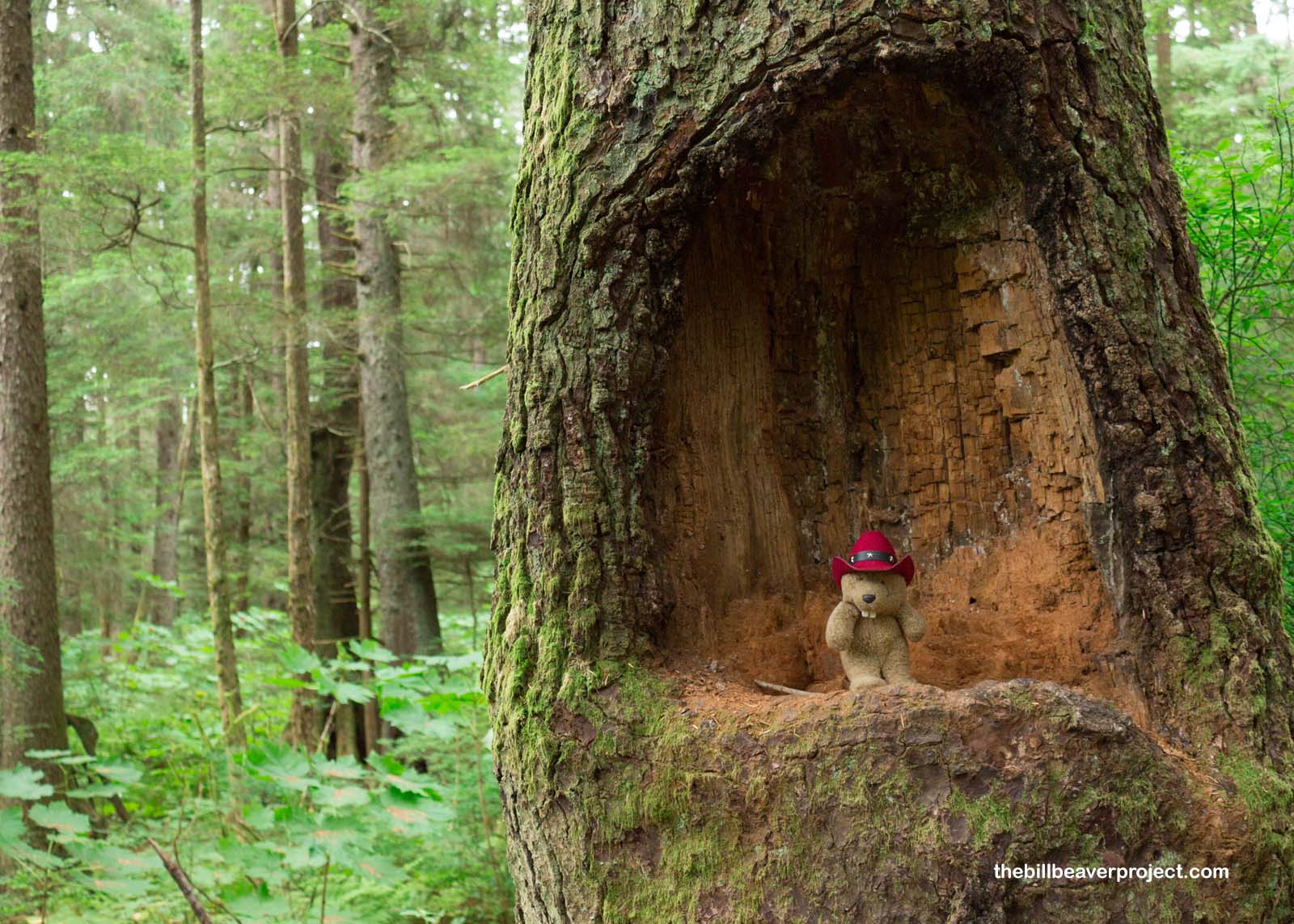 |
With the fur traders came Orthodox bishops, who, like the California padres, immediately set to converting the remaining Tlingit to the Christian church. Among them was Father Ioann Veniaminov, a renowned linguist, who created a written version of the Tlingit language in Cyrillic in order to translate holy texts into the local languages. The Orthodox Church made him St. Innocent of Alaska on October 6, 1977, and celebrates his feast days on March 31 and October 5 and 6! He lived in what is now known as the Russian Bishop’s House, down the road, but still part of, the historical park.
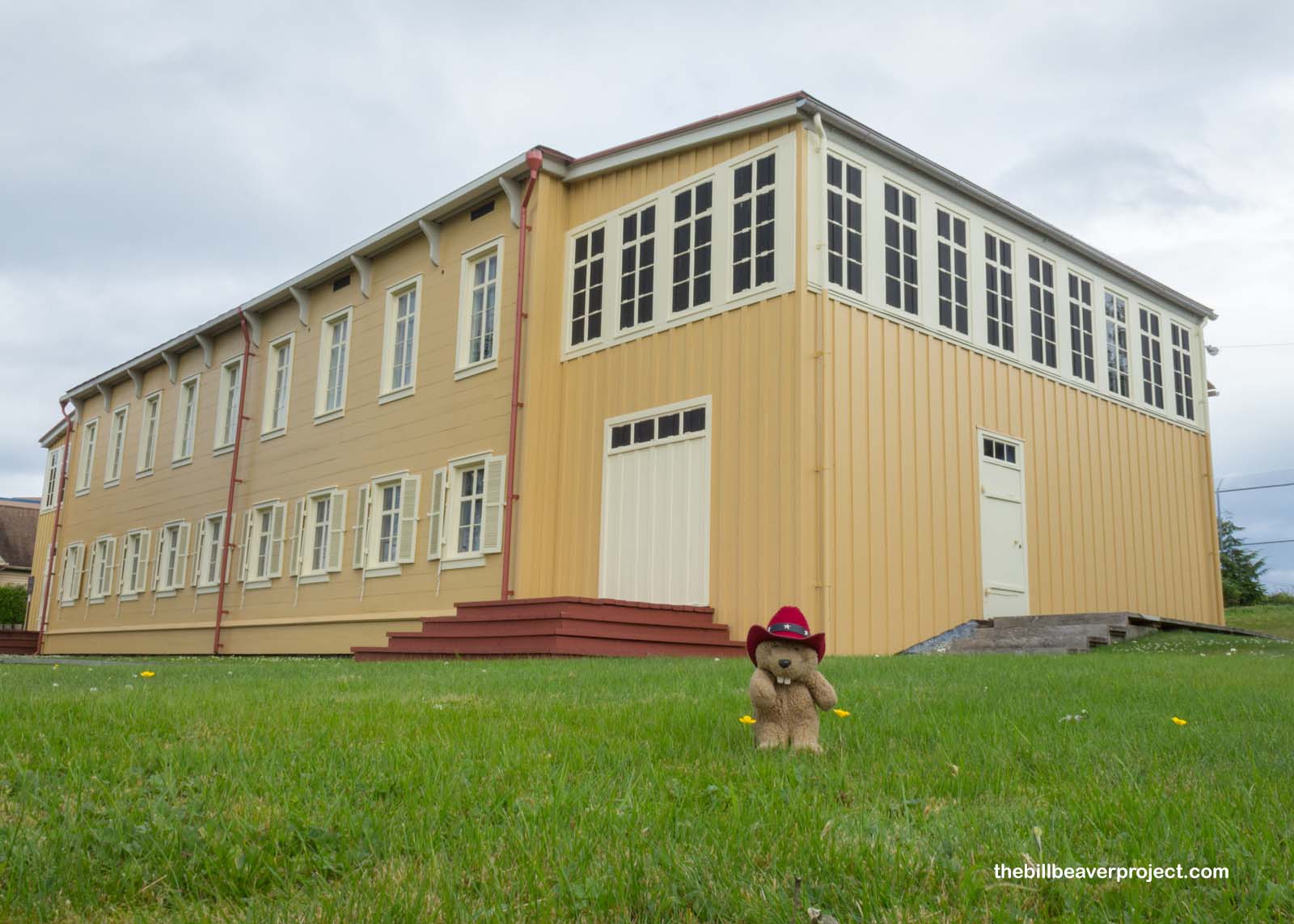 |
St. Innocent also established St. Michael’s Cathedral here in downtown Alaska, which, having stood here since 1848, was the first Orthodox cathedral in the Americas! It is still serving the local community today!
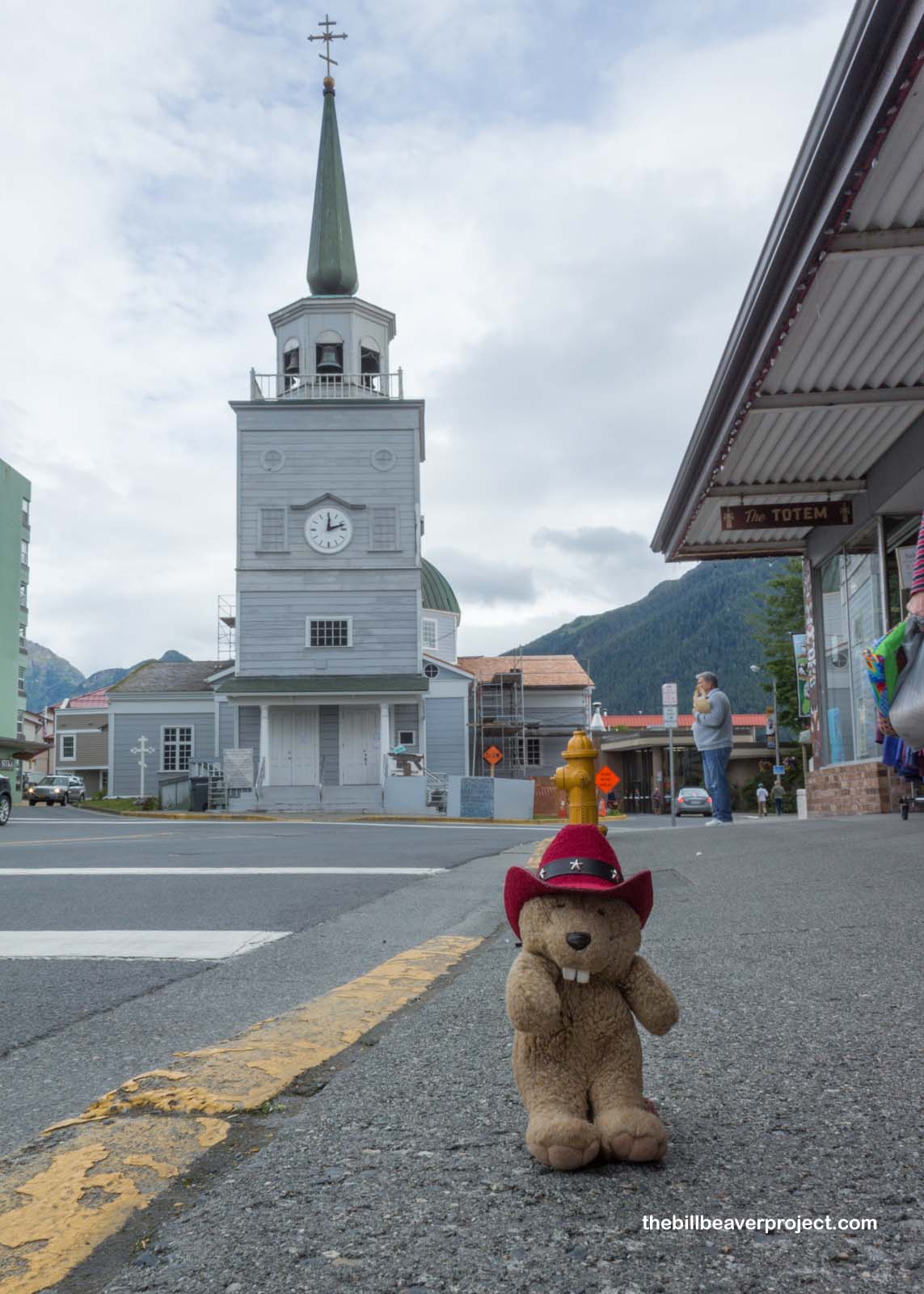 |
Russia only occupied Alaska for another twenty years, because they destroyed the sea otter population so thoroughly that they didn’t see Alaska as worth the effort anymore! So, in a move that was initially called “Seward’s Folly,” the United States bought all of Alaska from Russia! Here, on Castle Hill, where the wind had begun to whip fiercely, Russia officially transferred ownership of Alaska to the United States in 1867!
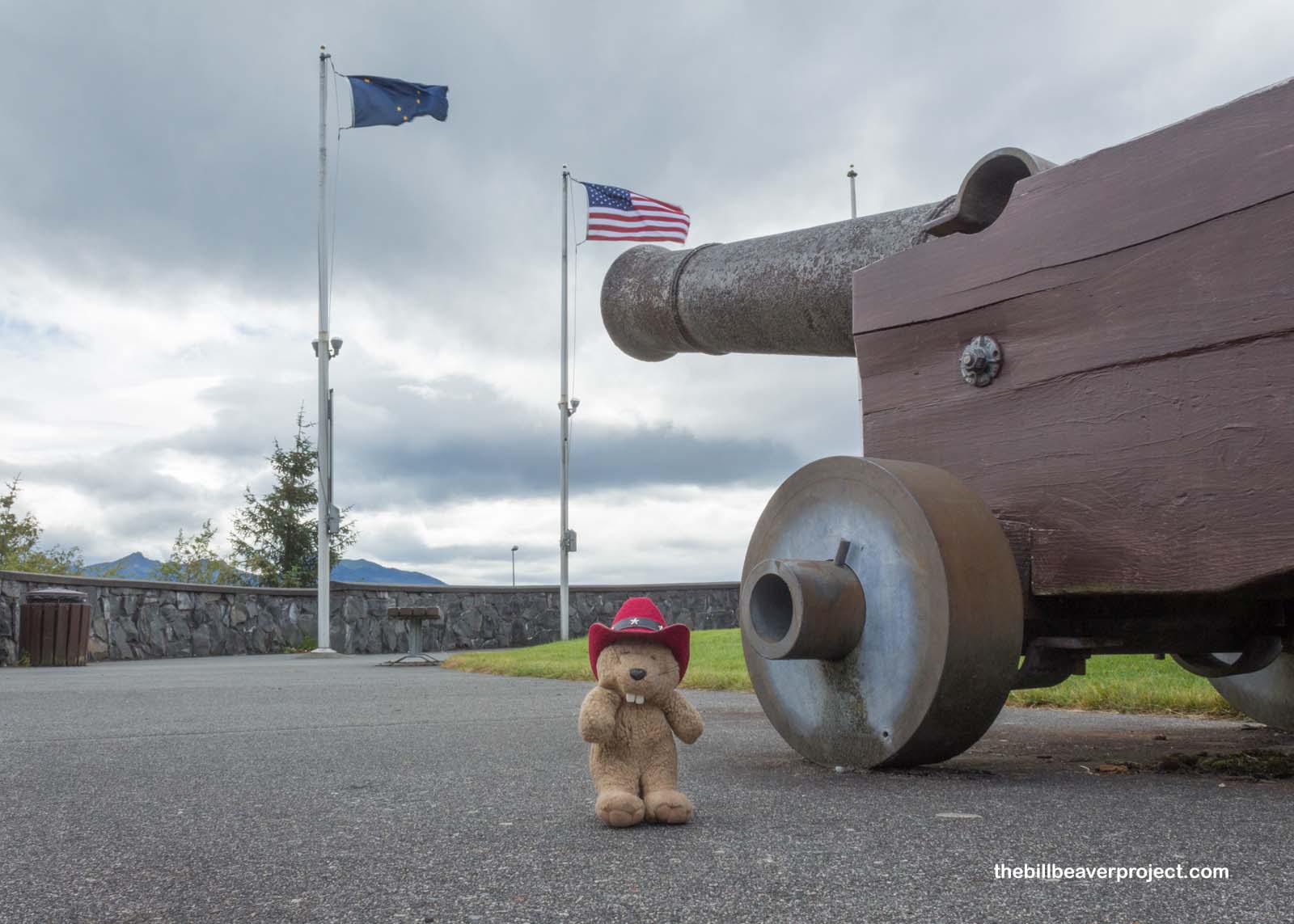 |
Before I came to Sitka, I’d thought of it as a super remote and obscure location in Alaska’s Inside Passage, but I realized it is both a gallery and an archive of important cultural history, the kind that is rarely celebrated anywhere else! As I trekked over the O’Connell Bridge on my way back to the airport, I wished I could have more time here to watch the eagles fish and to paddle through the many islands off shore, to get a sense of what life must have been like here in the early days before planes and roads. But time is short, and only so many planes fly out of Sitka in a day.
GunalchÈesh haat yee.aadi!

 More 2018 Adventures |
First Stop: Sitka, Alaska |
 Next Day |
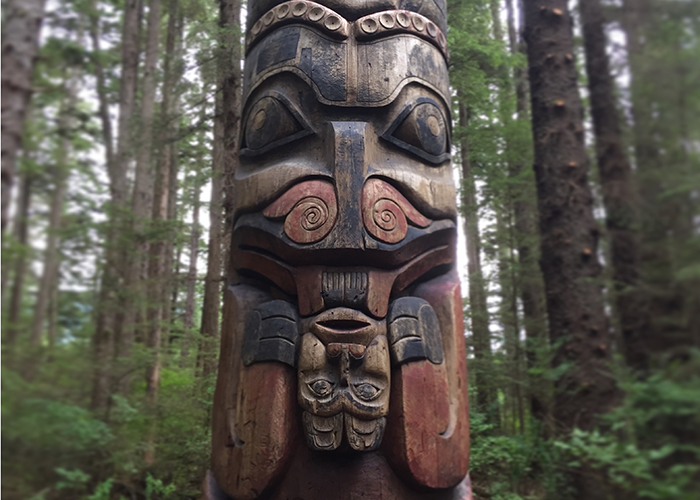
I was born in Sitka, AK., July of 1977, on a day that was three degrees warmer than the average at 60 whole degrees. I was baptized in the Archangel Michael Cathedral in September of that same year! I have been trying to learn more and more about my family, when research brings me to sites like this and I can put a picture to a part of my life… how amazing!! Thank you!!
Hey Tische! How cool! Have you been back to Sitka since? It was such a pretty town!